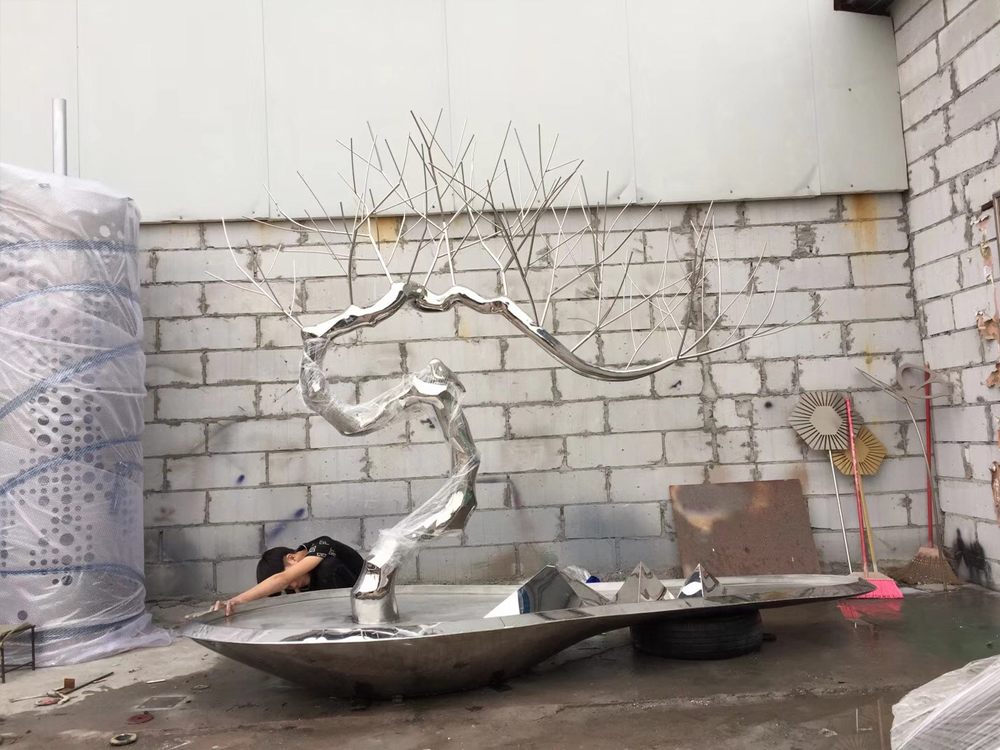
Bronze sculptures, renowned for their durability and timeless beauty, are not immune to the ravages of airborne pollutants. In environments with high levels of contaminants like sulfur dioxide, nitrogen oxides, and particulate matter, bronze undergoes accelerated aging through chemical reactions that alter its surface and structural integrity.
The primary culprit is sulfur dioxide (SO₂), which reacts with moisture in the air to form sulfuric acid. This acid attacks the copper in bronze, creating a greenish patina of copper sulfate and copper carbonate. While patina can be aesthetically pleasing, excessive corrosion leads to pitting, cracking, and eventual structural weakness. Nitrogen oxides (NOₓ) further exacerbate the damage by contributing to acidic deposition, while particulate matter can embed into the sculpture’s surface, causing abrasion and discoloration.
Urban areas with heavy industrial activity or traffic are particularly harsh on bronze sculptures. The combination of pollutants accelerates the formation of unstable corrosion products, which flake off over time, exposing fresh metal to further degradation. In coastal regions, salt aerosols from the sea amplify the corrosive effects, leading to rapid deterioration.
To mitigate these effects, conservationists employ protective coatings like wax or lacquer to shield the bronze from pollutants. Regular cleaning and maintenance are also critical to remove harmful deposits before they cause irreversible damage. In extreme cases, sculptures may be relocated to controlled indoor environments to preserve their longevity.
Understanding how airborne pollutants impact bronze sculptures is essential for artists, collectors, and conservators. By implementing proactive preservation strategies, we can ensure these cultural treasures endure for future generations to admire.

